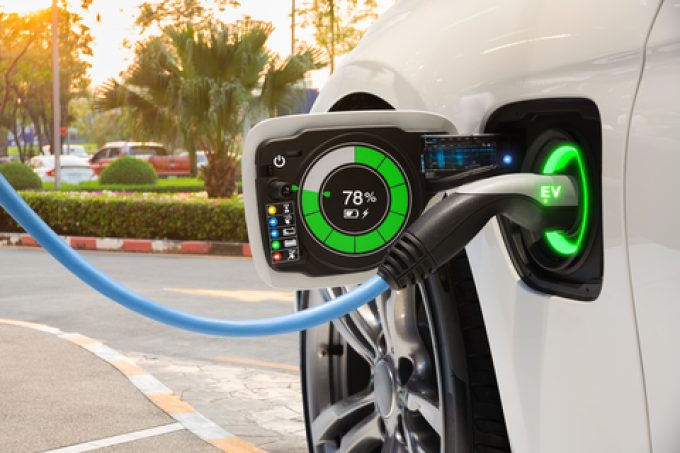Trump offers carmakers one-month exemption from tariffs
President Trump has offered a reprieve to North American automakers after imposing what have been ...

Automotive intelligence company Jato has identified a lucrative alternative market for Chinese electric vehicle (EV) exporters, as the US and EU continue to build protectionist measures against them.
“While there are new EVs on the roads across South-east Asia, it is still very much an untapped market,” said Jato.
The region has a combined GDP of $3.08trn and is estimated to become the fourth-largest economy in the world by 2050, according to Jato data, and new EV sales last year ...
Transpacific sees first major MSC blanks as rates fall and volumes falter
'It’s healthy competition' Maersk tells forwarders bidding for same business
Opposition builds for final hearing on US plan to tax Chinese box ship calls
White House confirms automotive tariffs – 'a disaster for the industry'
New price hikes may slow ocean spot rate slide – but for how long?
Supply chain delays expected after earthquake hits Myanmar
Shippers snap up airfreight capacity to US ahead of tariff deadline
Tighter EU import requirements proving 'a challenge' for forwarders

Comment on this article